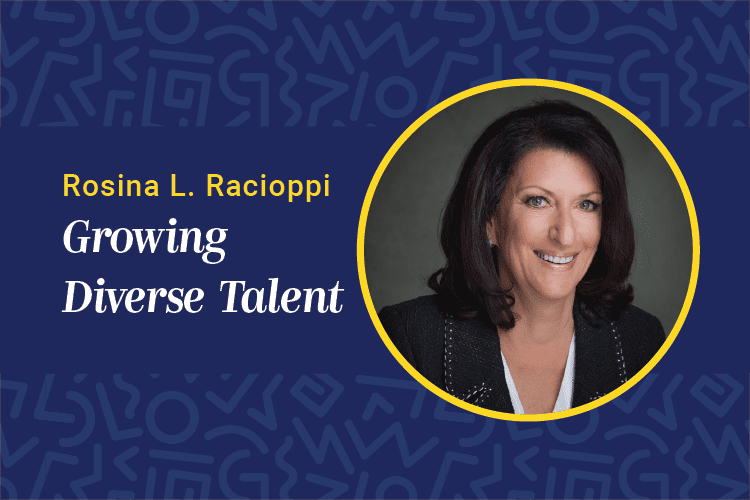-
DEI: Why hiring alone isn’t a magic fix
While hiring practices are a critical component of a DEI program, to be successful, they must be flanked by other efforts, including a comprehensive plan that creates a culture shift toward a more inclusive, diverse and equitable workforce.
-
Failure: The key to success in overcoming bias
Talent leaders must channel their fears effectively to demystify how to approach equity, diversity and inclusion in the workplace.
-
Managing cultural diversity in today’s workplace
In a multicultural atmosphere, employees must understand, respect and appreciate each other’s differences.
-
How to reduce bias in talent review meetings
There are many strategies to successfully reduce bias when making internal talent career and development decisions.
-
A robust response to what COVID-19 revealed: a path to resilience and inclusion
Build the capabilities that will make your organization resilient and inclusive by challenging the structures, systems and processes that carry bad assumptions forward.
-
The values-driven leader
Black Lives Matter marches, #MeToo conversations and the volatile recent election are triggering difficult conversations in the workplace about what companies stand for — and whether leaders are demonstrating the values they purport to hold true. Here’s how five companies have transformed employee engagement by tying leadership to organizational values.
-
Video: The pandemic is abating gender equity
According to McKinsey’s 2020 Women in the Workplace survey, as many as 2 million women are considering leaving the workforce.
-
5 things you, as a learning professional, need to know about disability
We all experience our abilities and impairments differently, and we all have unique learning needs. Only by asking team members about their individual needs — rather than making assumptions — can we truly create more accessible and inclusive learning environments.
-
Psychological safety: an overlooked secret to organizational performance
Psychological safety is an essential foundational component for innovation, divergent thinking, creativity and risk-taking — but it should not be confused with comfort. There are a number of small behaviors leaders can cultivate to help their teams take more interpersonal risks to increase psychological safety.
-
Mentors: Keeping talented women career-focused in uncertain times
Developing agility and adaptability in leaders is the name of the game for both individual and corporate growth.
- BUDDY PASS NOW AVAILABLE on CLO Symposium Registration, CLO Accelerator Enrollment and Membership.
- BUDDY PASS NOW AVAILABLE on CLO Symposium Registration, CLO Accelerator Enrollment and Membership.
- BUDDY PASS NOW AVAILABLE on CLO Symposium Registration, CLO Accelerator Enrollment and Membership.
- BUDDY PASS NOW AVAILABLE on CLO Symposium Registration, CLO Accelerator Enrollment and Membership.

Diversity, equity, inclusion and belonging are essential for creating a safe and engaged workplace. Talent and HR leaders can help ensure DEIB principles are embedded throughout the organization.




















